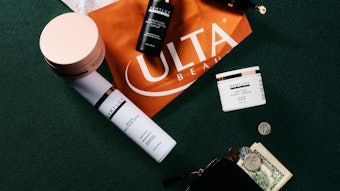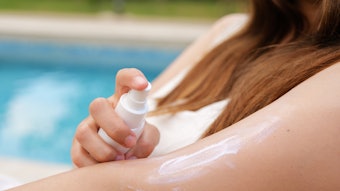
Consumers have grown wise to the fact that UV can damage their skin, yet esthetic appeal drives them toward the sun, to produce melanin-bronzed skin. Assuming consumers apply sunscreens properly, how can product developers ensure they are protected?
One answer, according to Beiersdorf inventors, is the sun protection agent 4-(tert-butyl)-4'-methoxydibenzoylmethane, a customary UV-A filter. However, this filter is known for its photoinstability, decomposing slowly under UV-B especially if no additional stabilizers, e.g., octocrylene, are added to its formula.
Furthermore, 4-(tert-butyl)-4'-methoxydibenzoylmethane is not easily soluble in cosmetic preparations and crystallizes out relatively rapidly, which also affects the durability and storage stability of the sunscreen agents. In response, a relatively new approach to solving these issues is to prepare chemical precursors of 4-(tert-butyl)-4'-methoxydibenzoylmethane.
The precursors transform upon application under sunlight into the desired 4-(tert-butyl)-4'-methoxydibenzoylmethane. While said precursors are described in the prior art, existing solutions convert relatively slowly and incompletely. Therefore, this invention aims to develop sunscreens containing 4-(tert-butyl)-4'-methoxydibenzoylmethane in which the photochemical conversion reaction takes place more rapidly and completely.
Sunscreen containing avobenzone precursor
WIPO Patent Application WO/2017/102302
Publication date: June 22, 2017
Assignee: Beiersdorf AG
Described in this patent application are sunscreen preparations containing isosorbide dicaprylate and 4-(tert-butyl)-4'-methoxydibenzoylmethane. According to the inventors, this combination surprisingly provided the desired effects.
In a preferred embodiment, one preparation contained 4-(tert-butyl)-4'-methoxydibenzoylmethane at 1% to 4.75% w/w and isosorbide dicaprylate at 0.1% to 15% w/w. For additional details, see the full patent disclosure (in German).










